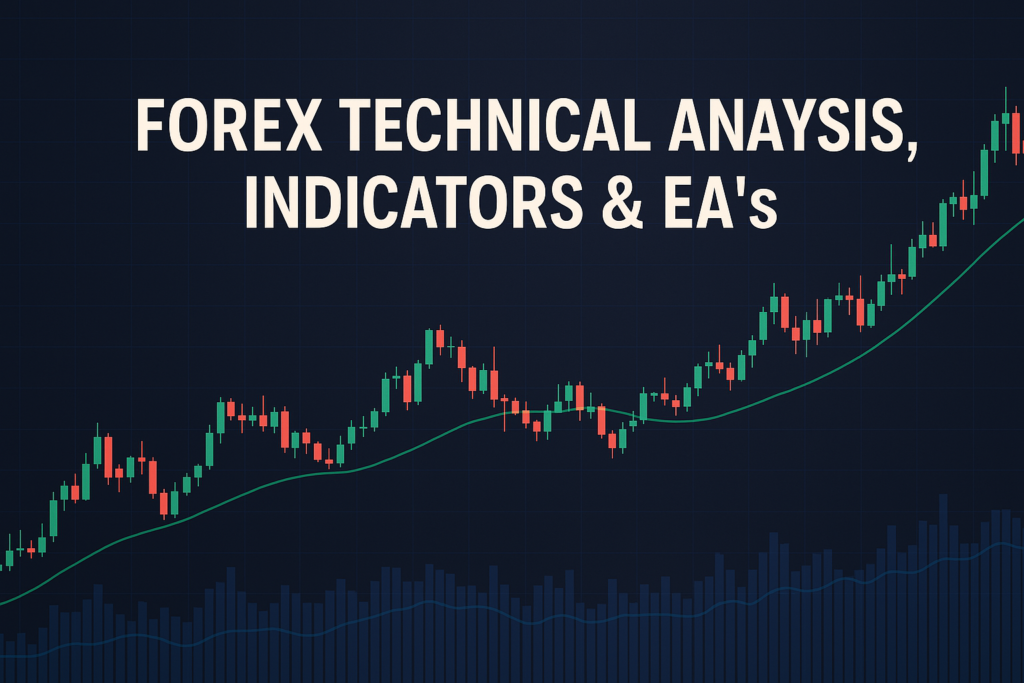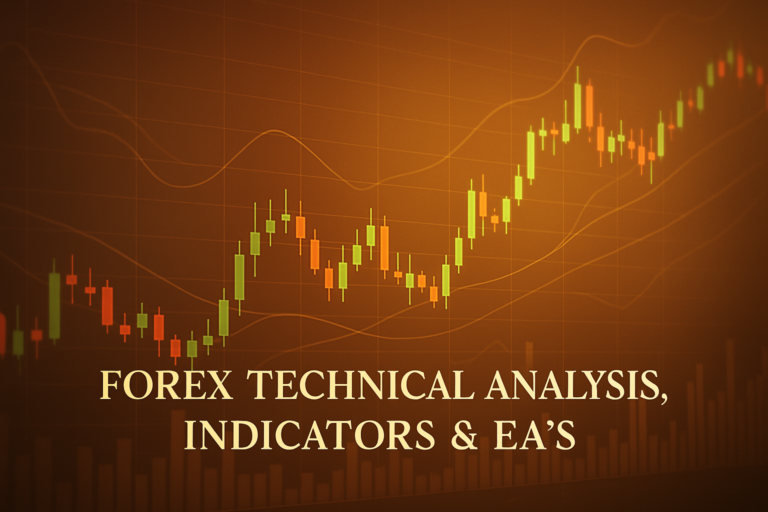
Bollinger Bands support and resistance is essential for successful Forex trading, helping traders identify trends and make informed decisions.
Bollinger Bands support and resistance is a powerful tool in Forex trading. It helps traders identify potential price levels where the market may reverse or continue its trend. This tool is based on the volatility of price movements and can help traders make informed decisions.
However, many traders, both beginners and professionals, struggle with understanding how to use Bollinger Bands effectively. They often find it challenging to interpret the signals and apply them to their trading strategies. This article aims to simplify that process and show the importance of mastering Bollinger Bands support and resistance for your trading success.
In this article, we will explore the concept of Bollinger Bands support and resistance, its history, advantages and disadvantages, how to apply it on trading platforms, and various trading strategies.
Sometimes, traders face issues with their brokers, such as Brokers forcibly closing winning trades. This can disrupt trading plans and lead to frustration.
What is a Bollinger Bands Support and Resistance?
Bollinger Bands support and resistance are like elastic bands around price movements. They consist of a middle line (the simple moving average) and two outer bands that show the price’s volatility. When prices touch or bounce off these bands, it can signal a reversal or continuation of the trend. Imagine a trampoline: when you jump, you either go up or down, just like prices react around the bands.
Types of Bollinger Bands Support and Resistance
There are several types of Bollinger Bands support and resistance. The most common ones include:
- Simple: This is the standard Bollinger Bands setup, using a simple moving average.
- Exponential: This type gives more weight to recent prices, making it more responsive.
- Weighted: Similar to exponential, but with a different calculation for the average.
How Bollinger Bands Support and Resistance Smooth Out Price Action
Bollinger Bands help smooth out price action by filtering out the noise in the market. They give a clearer picture of the overall trend. When prices are volatile, the bands widen; when prices are stable, the bands contract. This visual representation helps traders spot potential entry and exit points.
Common Periods Used and Why
Traders typically use periods like 20, 50, or 100 when setting Bollinger Bands. A 20-period setting is popular because it captures a good balance of short-term and long-term trends. Using longer periods may provide a broader view, while shorter ones can react more quickly to changes in price.
The History of Bollinger Bands Support and Resistance: How It Became Popular
Origin of Bollinger Bands Support and Resistance
Bollinger Bands were invented by John Bollinger in the early 1980s. He created this tool to help traders understand market volatility and price levels better. His goal was to provide a simple yet effective way to analyze price movements.
When Did Traders Start Using It Widely?
Traders began widely adopting Bollinger Bands in the 1990s. As more traders recognized its effectiveness, it became a staple in many trading platforms, making it accessible for everyone.
Real-Life Stories
Many professional traders have shared stories about how Bollinger Bands transformed their trading careers. For example, one trader used Bollinger Bands to identify a major market reversal, leading to significant profits. These real-life examples show the potential of this tool in Forex trading.
Advantages and Disadvantages of Bollinger Bands Support and Resistance
Advantages:
- Helps identify trends easily: Bollinger Bands make it simple to see if a market is trending up or down.
- Useful for dynamic support and resistance: The bands adjust with price movements, providing real-time support and resistance levels.
- Works well for crossover strategies: Traders can combine Bollinger Bands with moving averages for effective crossover strategies.
Disadvantages:
- lags behind price movements: Bollinger Bands do not predict the future; they react to past price data.
- Can give false signals in sideways markets: In choppy markets, Bollinger Bands may provide misleading signals.
How to Apply Bollinger Bands Support and Resistance on MT4 & MT5
Step-by-step Guide to Adding Bollinger Bands Support and Resistance on Charts
To add Bollinger Bands on MT4 or MT5, follow these steps:
- Open your chart.
- Click on ‘Insert’ in the menu.
- Go to ‘Indicators’ and select ‘Trend.’
- Choose ‘Bollinger Bands.’
Customizing Bollinger Bands Support and Resistance Settings
You can customize your Bollinger Bands settings by adjusting the period, colors, and types. Choose colors that stand out on your chart for better visibility.
Saving Templates for Easy Application
Once you’ve customized your Bollinger Bands, save the template. This allows you to apply the same settings to different charts quickly.
5 to 7 Trading Strategies Using Only Bollinger Bands Support and Resistance
All-Time Frame Strategy (M5 to D1)
This strategy works across various time frames. Look for price touching the upper or lower band. If it touches the upper band, consider selling. If it touches the lower band, think about buying. For example, if the price of EUR/USD hits the upper band at 1.2000, you may want to sell.
Trending Strategies
In a strong trend, use Bollinger Bands to confirm the direction. If the price consistently stays near the upper band, consider buying. For instance, if the GBP/USD is trending upwards and stays near the upper band, a buy signal is strong.
Counter Trade Strategies
This strategy aims to trade against the trend. When the price hits the upper band, consider selling, expecting a pullback. For example, if the AUD/USD hits the upper band at 0.7500, a potential sell could be in order.
Swing Trades Strategies
Look for price bouncing between the bands. If the price hits the lower band, wait for a bounce to buy. Conversely, if it hits the upper band, look for a potential sell. For instance, if the USD/JPY bounces off the lower band at 110.00, consider buying.
5 to 7 Trading Strategies Combining Bollinger Bands Support and Resistance with Other Indicators
All-Time Frame Strategy (M5 to D1)
Combine Bollinger Bands with RSI (Relative Strength Index). If the price touches the lower band and RSI is below 30, consider buying. For example, if the EUR/JPY hits the lower band and RSI is at 25, it could be a buy opportunity.
Trending Strategies
Use Bollinger Bands with MACD (Moving Average Convergence Divergence). If the price is near the upper band and MACD shows a cross down, consider selling. For example, if the GBP/CAD is at the upper band and MACD crosses down, a sell could be valid.
Counter Trade Strategies
Incorporate Bollinger Bands with Stochastic Oscillator. If the price hits the upper band and Stochastic is above 80, consider selling. For instance, if the AUD/NZD hits the upper band and Stochastic is at 85, it may be time to sell.
Swing Trades Strategies
Combine Bollinger Bands with Moving Averages. If the price hits the lower band and crosses above the moving average, consider buying. For example, if the USD/CHF bounces off the lower band and crosses above the 50-period moving average, it could be a buy signal.
Additionally, understanding the nvda moving average can further enhance your trading strategies.
Top 10 FAQs About Bollinger Bands Support and Resistance
1. What are Bollinger Bands?
Bollinger Bands are a trading tool that shows price volatility and potential support and resistance levels. They consist of a middle line and two outer bands.
2. How do I use Bollinger Bands?
Use Bollinger Bands to identify trends and potential reversals. Watch for price movements touching the bands.
3. What is the best period to set for Bollinger Bands?
A common setting is 20 periods, as it balances short-term and long-term trends.
4. Can Bollinger Bands work in sideways markets?
They can, but be cautious as they may provide false signals in choppy markets.
5. Are Bollinger Bands suitable for all trading strategies?
Yes, they can be combined with various strategies and indicators for better results.
6. How often should I check Bollinger Bands?
Check them regularly, especially if trading on shorter time frames like M5 or M15.
7. Can I use Bollinger Bands on all currency pairs?
Yes, they can be applied to any currency pair, but effectiveness may vary.
8. Do Bollinger Bands guarantee profits?
No, they are tools to help make informed decisions, but no strategy guarantees profits.
9. How do I avoid false signals with Bollinger Bands?
Combine them with other indicators for confirmation to reduce false signals.
10. Is there a risk with using Bollinger Bands?
Like any trading tool, they carry risks. Always practice good risk management.
Conclusion
Understanding Bollinger Bands support and resistance can significantly enhance your Forex trading skills. By mastering this tool, you can identify trends and potential reversal points, helping you make informed decisions.
Always remember to test your strategies in a demo account before using real money. Learning and practicing will lead to more confidence in your trades.
Looking to stay informed on forex trends? This resource breaks it down well Reuters, International Monetary Fund
Expand Your Knowledge
- 📌 Forex Trading Learning Road Map
- 📌 Forex Trading Course with no Fees
- 📌 Forex Trading Issues, Problems, and Solutions
- 📌 Forex Daily Forecast & Live Updates
- 📌 Forex Fundamental & News Analysis: Tomorrow’s Market Movers & Trade Opportunities
- 📌 Forex Education Hub: Learn & Profit
- 📌 Forex Technical Analysis, Indicators & EA’s
Start Trading Today
Ready to take your forex trading to the next level? Open an account with Exness, one of the most trusted platforms in the industry. 👉 Sign Up Now and trade with confidence!
My recommended broker stands out with ultra-low spreads for beginners, instant withdrawals, and zero spread accounts for pro traders.
Trusted since 2008, lightning-fast execution, no hidden fees, and a secure, transparent trading environment—giving you the edge you need to succeed. 🚀
YouTube Video Library: Related Videos
Note: The video above is embedded from YouTube and is the property of its original creator. We do not own or take responsibility for the content or opinions expressed in the video.



